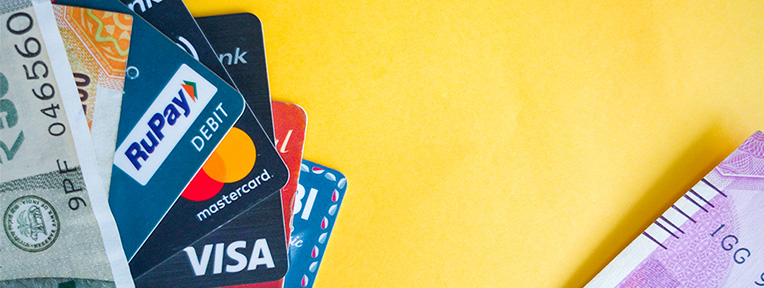
The Rise of Peer-to-Peer Payment Platforms
Posted on Wednesday, June 19th, 2024 | By IndusInd Bank
India has experienced rapid growth in digital payments. The UPI (United Payments Interface) network processed 1,344 crore transactions in March 2024. In comparison, there were 1,220 crore UPI transactions in January 2024.
With access to smartphones and the internet, people prefer the easier money transfer way, i.e., the online way.
One of the popular online payment methods is peer-to-peer (P2P) payment. If you have made a UPI transaction with your friend, you have carried out a P2P transaction.
But what is a P2P payment, and how does it work? Let’s explore the answers in this article.
Understanding P2P Systems and Its Workings
The below points provide the meaning of P2P payments and their workings:
- A peer-to-peer (P2P) payment system is a type of technology that allows an individual to transfer funds directly to another individual. There is no direct involvement of any intermediary, such as a bank.
- P2P payments occur through online portals or mobile apps.
- To carry out a P2P transaction, you must connect your bank account with the P2P service provider. You can also connect credit cards with a P2P payment app to enable transactions.
- You must provide your bank account or credit card details to register for the service. A PIN will be generated at the time of the registration process.
- Once registered, you can send money via the P2P process after you enter the PIN. In some cases, you may have to provide more authorisation (such as a One-Time Password or OTP).
- Since your debit or credit card connects to the P2P payment service, the transactions will reflect in the respective debit or credit card account.
Now that you have understood what P2P transaction is, let’s glance at its rise in recent years.
Rise of Peer-to-Peer Payments in India
Here are some figures that showcase the rise of P2P payments in India:
- As of December 2023, UPI transactions witnessed a 56% year-on-year growth in volume to 6,577 crores. For the same period, there was a 44% growth in transaction value to Rs 99.68 lakh crores.
- Mobile apps played a crucial role in the rise of peer-to-peer payments. In the second half of 2023, the volume of mobile transactions increased by 38% to 6,295 crores. The value of transactions rose by 31% to ₹152.33 lakh crores.
- In March 2024, UPI transactions amounted to ₹19.78 lakh crores, 40% higher than that for March 2023.
- A report by PwC India projects expects UPI transactions to exceed 100 crore transactions per day by FY27.
You can also experience the benefits of P2P payment systems once you connect your credit card with a UPI app.
With IndusInd Bank Platinum RuPay Credit Card, you can enjoy credit card transactions and seamless UPI payments.
To connect your IndusInd Bank Platinum RuPay Credit Card with UPI, follow the below steps:
- Open your preferred UPI app
- Choose “Add Credit Card/Link Credit Card”
- Select the Credit Card Issuer Bank (IndusInd Bank)
- Pick your IndusInd Bank Platinum RuPay Credit Card
- Generate your UPI PIN by entering your card details: last 6 digits and expiry date
- Verify via the OTP sent to your registered mobile number
- Set your desired PIN for seamless transactions
Also Read: Benefits of a Credit Card – 10 Reasons Why to Use a Credit Card
Conclusion
The rapid growth of P2P systems reflects the shift towards digital payments in India. By opting for the IndusInd Bank Platinum RuPay Credit Card, you can also enjoy convenient and secure digital payments, special credit card rewards, and privileges.
Apply Now for an IndusInd Bank Credit Card today!
Disclaimer:
The information provided in this article is generic and for informational purposes only. It is not a substitute for specific advice in your circumstances. Hence, you are advised to consult your financial advisor before making any financial decision. IndusInd Bank Limited (IBL) does not influence the views of the author in any way. IBL and the author shall not be responsible for any direct/indirect loss or liability incurred by the reader for making any financial decisions based on the contents and information.



 Offers
Offers Rates
Rates Debit Card Related
Debit Card Related Credit Card Related
Credit Card Related Manage Mandate(s)
Manage Mandate(s) Get Mini Statement
Get Mini Statement
 categories
categories Bloggers
Bloggers Blog collection
Blog collection Press Release
Press Release


